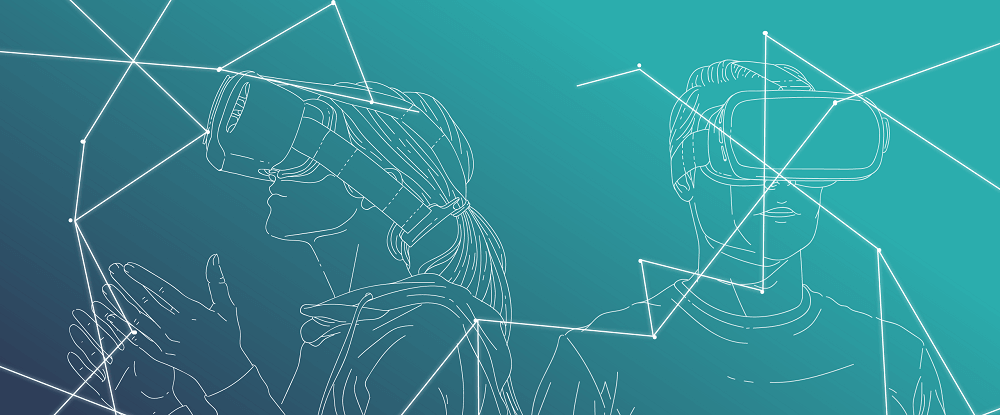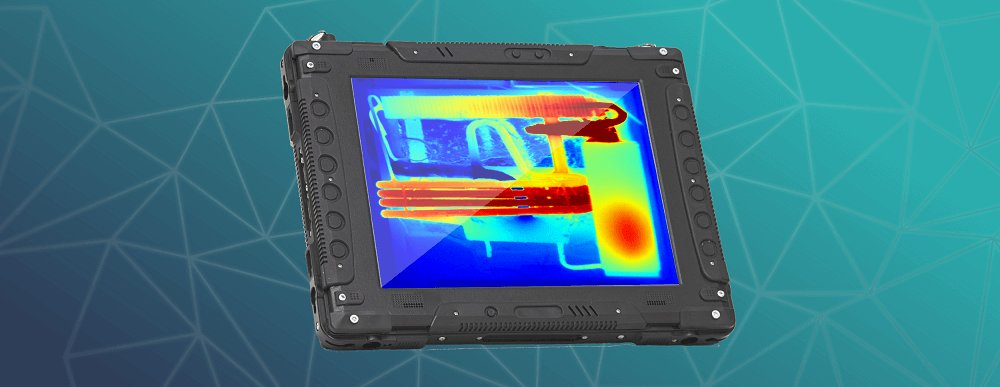What is the Future of Rugged Devices?
Mar 19, 2018 | 42Gears Team
Rugged devices are preferred in work locations like construction sites, mines, oil and gas fields, and warehouses. This is due to extreme environmental conditions having direct impact on the performance of devices. In most cases, performance of field workers is directly proportional to the performance of devices that they use, making rugged devices a crucial tool.
Rugged device manufacturers are trying hard to keep pace with advancements in mobile computing world. They have evolved to look smart, sleek and contemporary, with powerful OS and amazing connectivity. In addition, they are also experimenting with upcoming trends like Artificial Intelligence and Internet of Things.
Let’s explore key trends on future rugged devices:
IoT and Rugged devices will work in tandem
The essence of IoT lies in connecting objects and exchanging real time data. IoT, by using different data formats like images and videos, can better analyze and monitor the real condition onsite. IoT has been adopted widely to enhance the performance of mobile devices and applications so far. But possibilities of IoT programs to be rolled out in conditions like harsh, wet and dirty settings are driving the rugged devices to keep pace with expanding IoT adoption at workplaces.
Capturing images in extreme environments and transmitting them in real time is crucial in some cases like oil rig monitoring. But what if the rugged devices are equipped with high quality cameras, coupled with sensors that can provide information on position, movement direction and accelerometer data?
Kyocera’s initiative to integrate IoT in rugged devices can take the rugged devices to another level and may offer many possible uses in future.
Augmented Reality (AR) and Virtual Reality (VR) in rugged devices
Augmented Reality and Virtual Reality have moved ahead of the boundaries of gaming and entertainment. They are now also being considered for business usage like field services, corporate travel and communications, manufacturing, sales, training and education. Interestingly, AR and VR technology is likely to play an important role in rugged devices market as well.
Taiwan-based Arbor Technology, manufacturer of a variety of rugged devices, and Crescent, an AR and VR solution developer, have joined hands to provide AR and VR enabled rugged devices that can be used in field applications. These devices can be operated in extreme range of temperatures, from freezing to hot. They will allow maintenance workers to consult an animated and 3D representation while installing parts of damaged machines. They’ll also be able to see 3D representations of tablets to understand their assembly process. Repair work will become much easier and faster with 3D drawings while operating under harsh conditions in the field.
Inclusion of AR and VR technology will surely provide a new dimension to the use of rugged devices in future.
Thermal Imaging in rugged smartphones will rise
As per a Technavio report on “Global rugged smartphone market from 2017-2021”, thermal imaging is expected to change the future of rugged devices.
Thermal imaging technology detects the temperature difference between the objects in the background and foreground. The thermal technology has been widely used in binoculars so far. However, rugged device manufactures have also started integrating the technology with rugged devices. Recently, in 2016, Caterpillar introduced a rugged smartphone, the Cat S60, which has an inbuilt thermal imaging camera, that could be useful for fire brigade or police personnel.
Rugged devices will emerge as a consumer device
Rugged devices have already evolved to feature slimmer, thinner and lighter designs, similar to consumer grade devices. They also offer added smart features such as powerful cameras, amazing connectivity with Bluetooth and Wi-Fi. In future, manufacturers and resellers are expected to add more consumer-specific features to make rugged devices more appealing for consumer adoption. Additionally, to market them, manufacturers have to convey the real use cases such as in adventure trips like trekking, where people have to survive in tough conditions, rugged devices can be the best fit for them.
The consumerization of rugged devices will help increase the customer base of total rugged device market. Yet to see to what extent these trends will be adopted. But Rugged Device OEMs are looking forward to see the modern and sophisticated rugged devices of future.
Since the beginning, EMM and rugged devices have been working together to enhance the manageability and controllability of enterprise handheld devices. 42Gears, offers a robust EMM solution that provides extensive rugged device management for enterprises.
Equip your workforce in tough environments, and manage them easily. Schedule a rugged device management demo today.
Subscribe for our free newsletter



